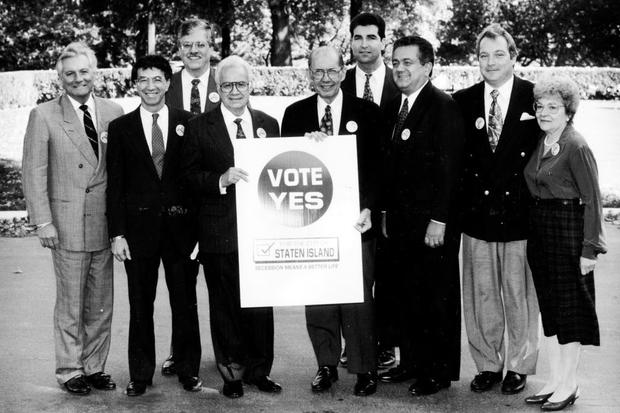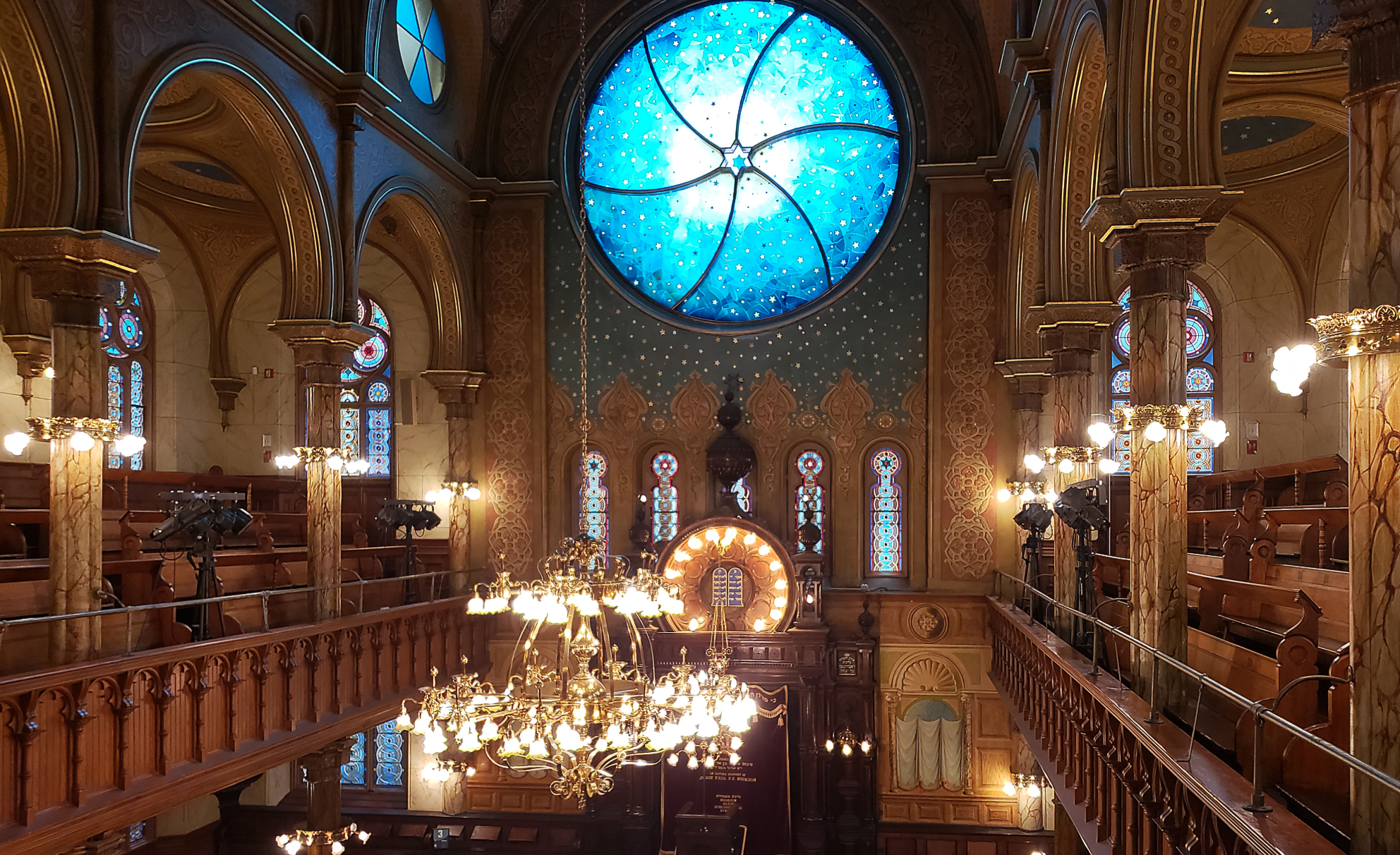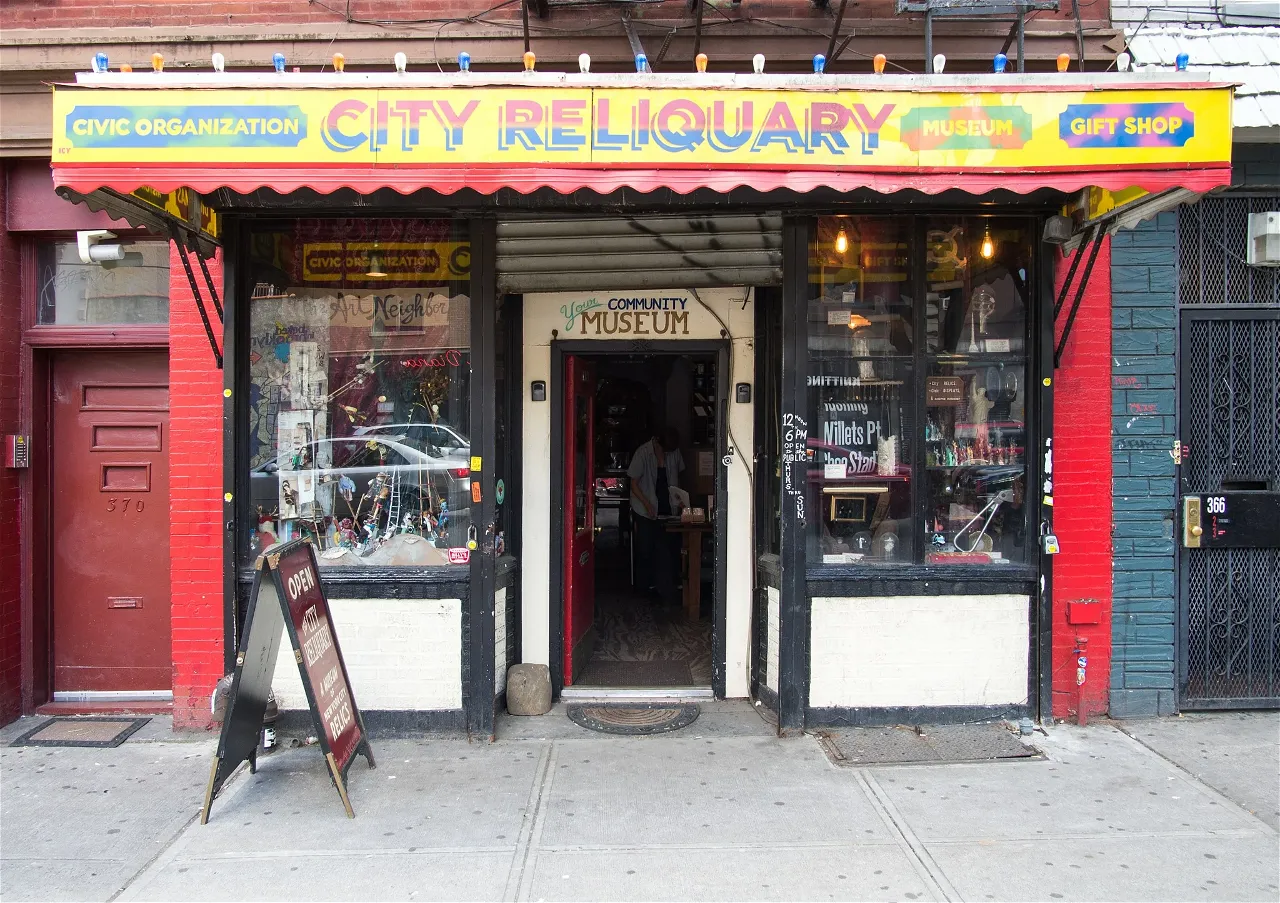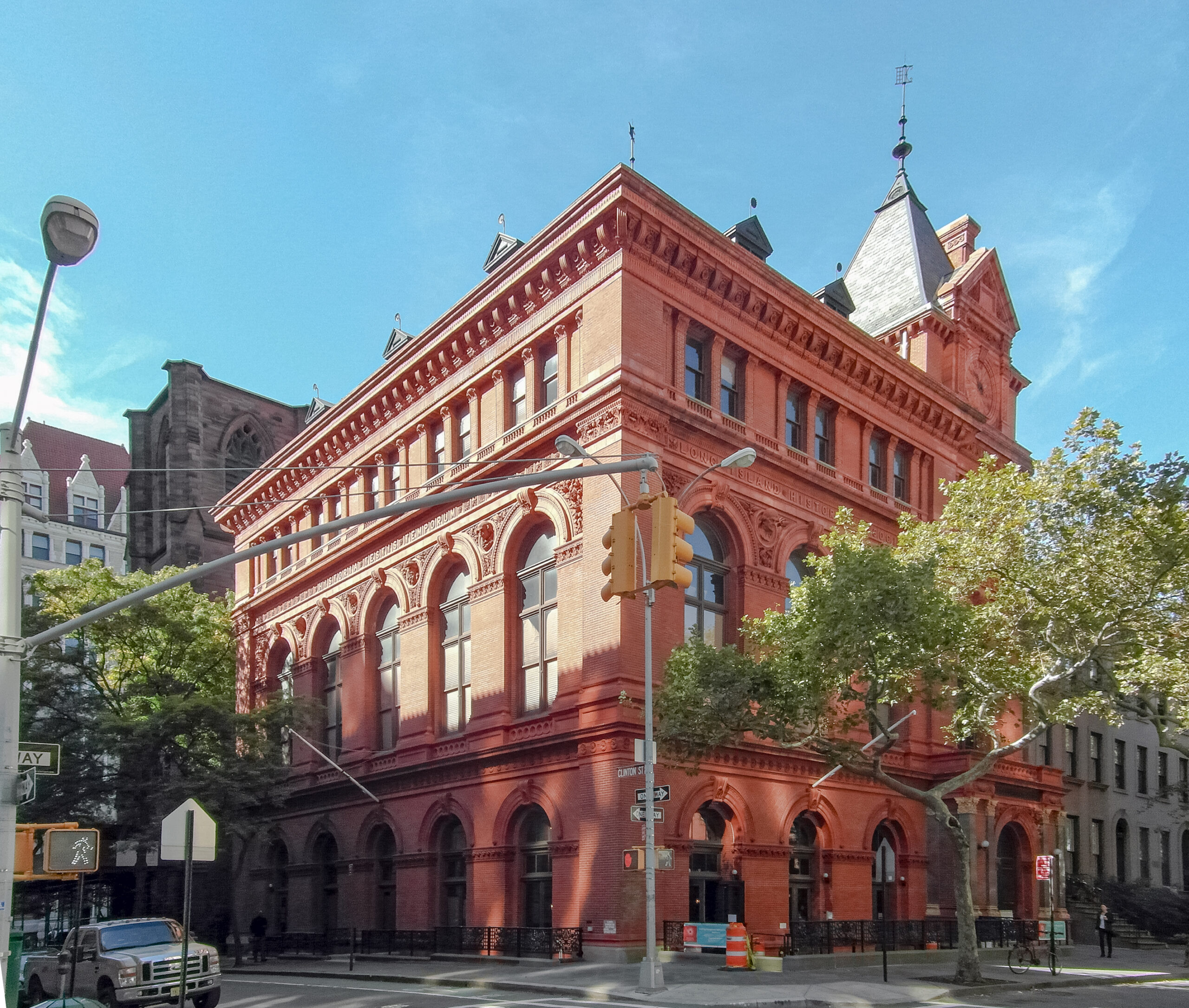Did you know that in 1993, New York City nearly broke apart and lost an island with 400,000 residents? It’s a story rarely told — but one that almost redrew the city’s map.
The Forgotten Island
In the early 1990s, discontent was growing on Staten Island. Locals felt neglected: the Fresh Kills landfill, originally meant as a temporary fix, had become the largest dump on the East Coast. Transportation to Manhattan was poor, while taxes remained just as high as in the rest of the city.
Staten Island is a true island — the southernmost and least densely populated of New York’s five boroughs. You can reach it only by ferry or via the Verrazzano-Narrows Bridge and Goethals Bridge, which connect through Brooklyn or New Jersey.
Today, about 500,000 people live there — less than 6% of New York’s population — yet by area, it’s the third-largest borough. Quiet residential neighborhoods, low density, and the constant feeling that “the city is somewhere out there, across the water.”
Many residents openly said that New York was treating the island like its backyard — taking from it, but giving nothing in return.
1993: The Year Everything Could Have Changed
In 1993, under pressure from local politicians and activists, Staten Island held an official referendum on seceding from New York City. The results were surprisingly decisive:
✅ In favor — 65% (about 124,000 votes)
🚫 Against — 35% (around 67,000 votes)
Turnout was high, and the atmosphere felt almost revolutionary. Newspapers ran headlines like:
“Staten Island is ready to pack its bags.”
If the plan had worked, Staten Island would have become the fifth-largest city in New York State — with its own mayor, laws, and flag. Names, crests, and even possible titles for the “new city-state” were already being discussed.
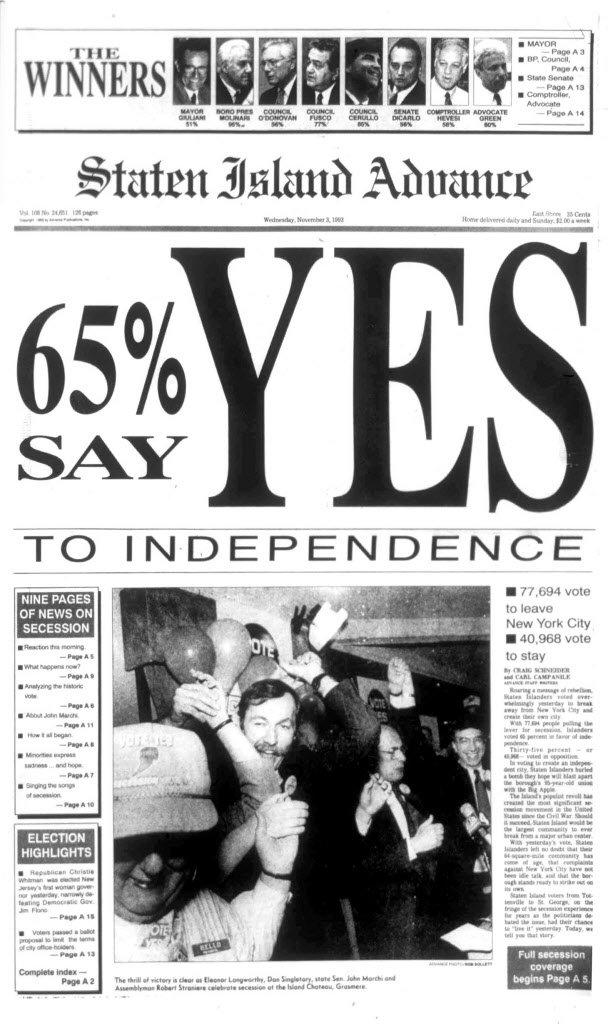
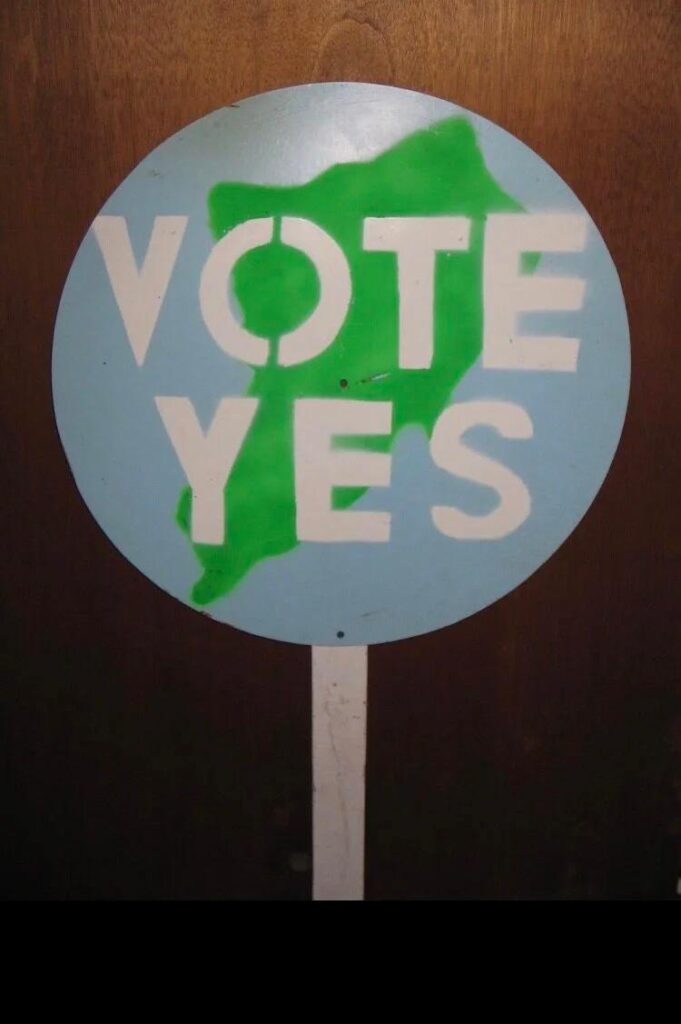
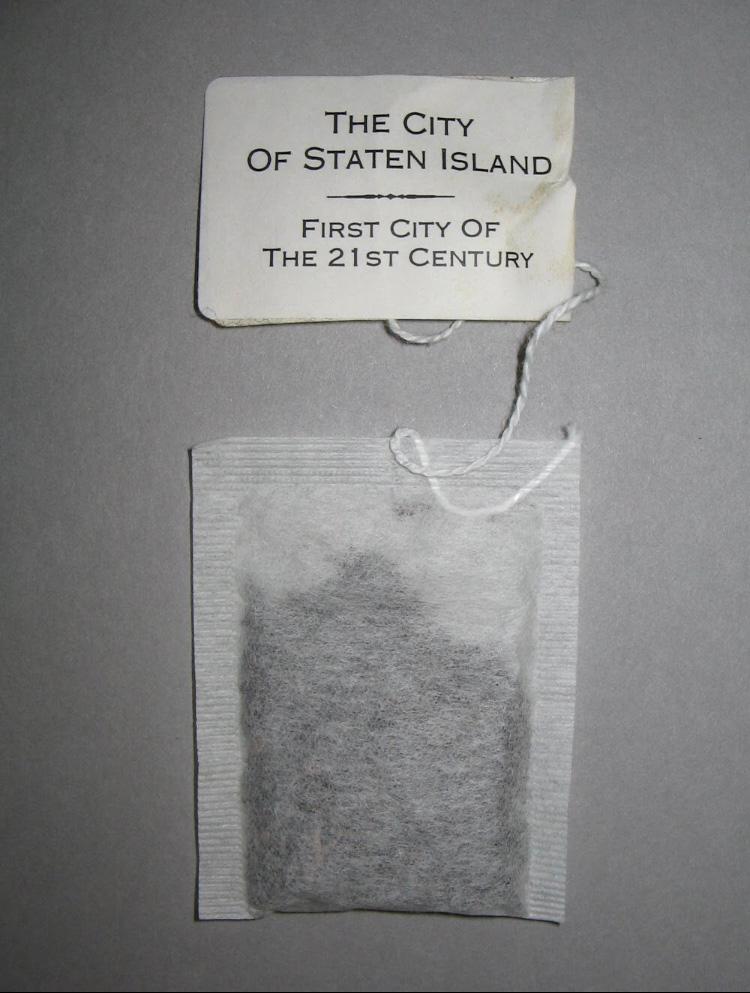
Why It Didn’t Happen
But for the separation to go through, it needed approval from the New York State Legislature — where most representatives came from Manhattan, Brooklyn, and the Bronx. They decided that letting Staten Island go would set a dangerous precedent.
After all, if the island left today, who’s to say Brooklyn wouldn’t declare tomorrow:
“We’re a republic now. We have our own flag — and our own bagel.”
The referendum was quietly shelved, never formally reviewed. The movement fizzled out at the bureaucratic level — no revolution, just red tape. Still, the effects lingered. The referendum became a symbol of isolation and fatigue among Staten Islanders. In the following years, Mayor Rudy Giuliani made efforts to rebuild trust and attention toward the borough.
And in 2001, the cleanup of the Fresh Kills landfill began. In its place, the city planned a vast green oasis — Freshkills Park, which is set to become one of the largest urban parks in the world. A classic New York redemption story: from trash to transformation.
“Almost a Republic”
Today, Staten Island’s bid for independence survives mostly as a joke. T-shirts read “We almost made it.” Memes celebrate the Republic of Staten Island, and maps sometimes label the island proudly as “Independent since 1993 (almost).”
The story of the almost-republic has become a piece of city folklore — a reminder that even within one metropolis, there are worlds of their own, each with its own identity, boundaries, and quiet dreams of freedom.

